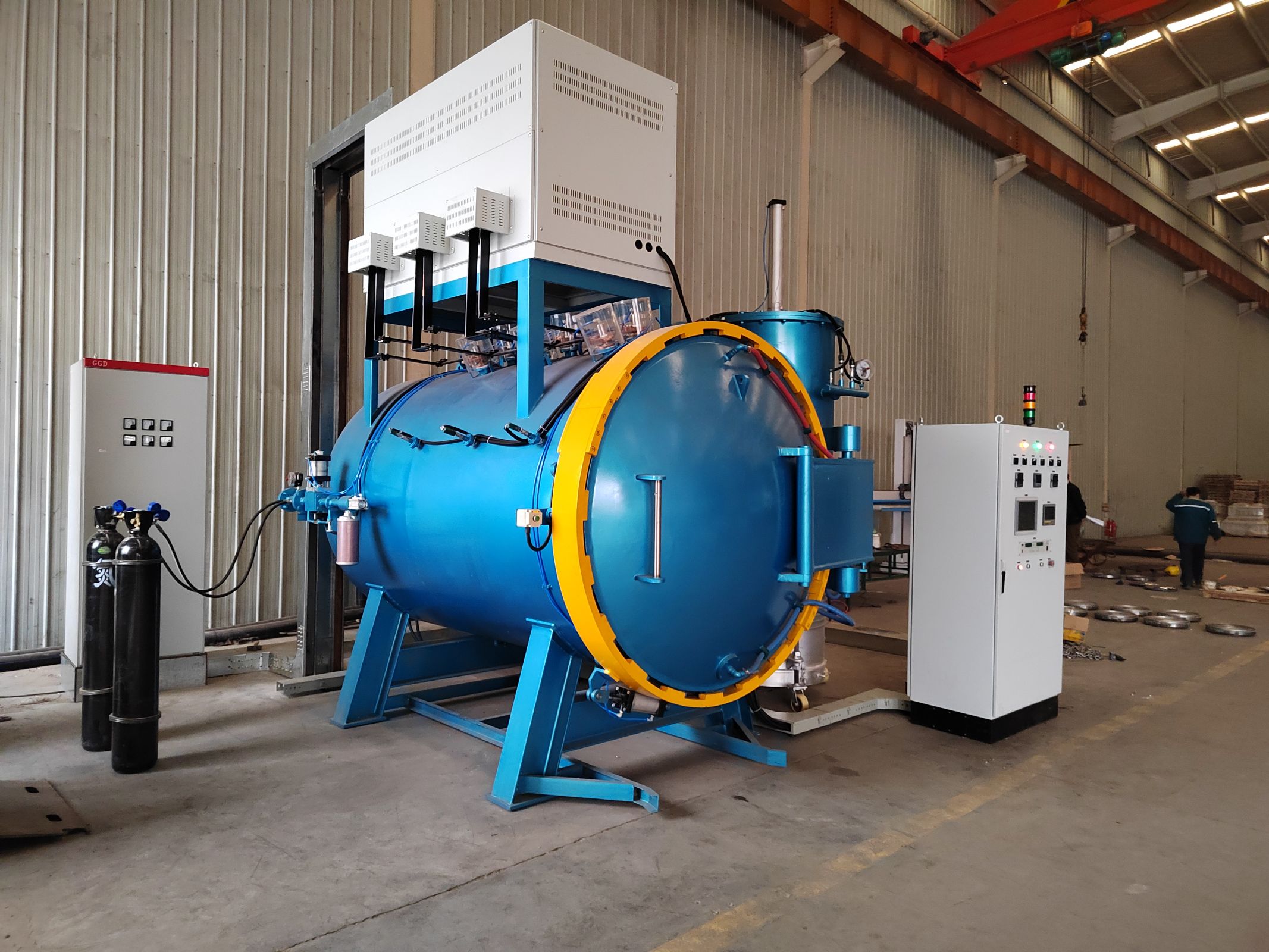+86 0371-69392107 Info@synthe-corp.com Request a Quote


Vacuum aluminum brazing is a metal joining process in which two or more materials are joined when filler metal (with a melting point lower than the melting point of the materials themselves) is drawn into the joint between them by capillary action.
Straight air aluminum brazing has many advantages over other metal joining techniques, especially soldering. Because the base metal never melts, straight-air aluminum brazing allows tighter control of tolerances and produces cleaner joints, often without the need for secondary finishing operations. Vacuum aluminum brazing results in less thermal distortion than welding because the parts are heated uniformly. Vacuum aluminum brazing also offers the ability to easily join dissimilar metals and non-metals, making it ideal for cost-effectively joining complex and multi-part assemblies. Vacuum aluminum brazing is performed in the absence of air using specialized furnaces and offers significant advantages:Extremely clean, flux-free vacuum aluminum brazed joints offer high integrity and superior strength. Temperature uniformity is improved when heated in a vacuum, and the slow heating and cooling cycles result in lower residual stresses, which significantly improves the thermal and mechanical properties of the material. Other benefits of vacuum aluminum brazing include heat treating or age hardening of the workpiece as part of the metal joining process, all in one furnace cycle. As with conventional vacuum aluminum brazing, vacuum aluminum brazing is easily adapted to mass production.
In order to achieve a high quality vacuum aluminum brazed joint, the parts must fit tightly and the base material must be clean and free of oxides, usually accomplished by chemical or mechanical (abrasive) cleaning. In the case of mechanical cleaning, proper surface roughness must be maintained, as capillary action of the filler material occurs more readily on rough surfaces than on smooth surfaces. Temperature and time are also important factors affecting the quality of vacuum aluminum brazed joints. As the temperature of the vacuum aluminum brazing alloy increases, the alloying and wetting of the filler metal increases. Typically, the vacuum aluminum brazing temperature selected must be higher than the melting point of the filler metal, but there are several other factors that will influence the temperature selection of the joint designer. Typically, the preferred process will have the lowest possible vacuum aluminum brazing temperature to minimize thermal effects on the component, minimize filler metal/base material interaction, and maximize fixture life. Most production vacuum aluminum brazing processes are optimized to greatly reduce straight air aluminum brazing time and associated costs.
Vacuum aluminum brazing can be performed with or without the use of flux and includes many different methods to produce a bond. In flux vacuum aluminum brazing, the flux flows into the joint and is replaced by a liquid phase line of filler metal that enters the joint to remove oxides from the part, creating a solid, solid vacuum aluminum brazing fabrication. Fluxes come in several different forms - paste, liquid or powder. Some straight hollow aluminum brazing rods are coated with flux or have a flux core to apply the necessary flux during the vacuum aluminum brazing process. Flux vacuum aluminum brazing processes include torch vacuum aluminum brazing (manual and automatic), induction, salt bath (dip vacuum aluminum brazing) and controlled atmosphere (cab). Vacuum aluminum brazing in a vacuum furnace is considered fluxless vacuum aluminum brazing because it does not use flux to form the joint. Flux-free straight vacuum aluminum brazing processes can be performed using the inert gas gas gas xenon or in a straight vacuum furnace. Such processes include, but are not limited to, semiconductor manufacturing, ceramic and copper vacuum aluminum brazing, etc.: Flux is not required due to the cleanliness of the vacuum environment. Magnesium is used as an additive or absorbent in vacuum aluminum brazing processes.